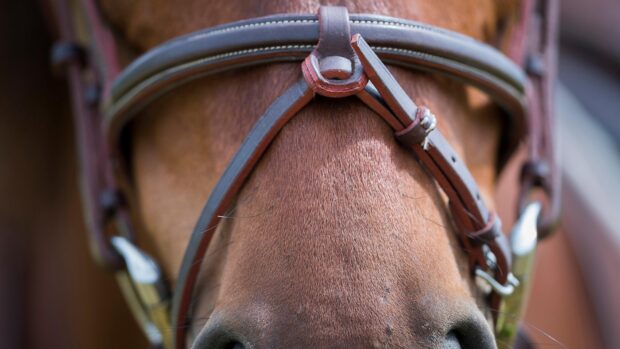Q: I’ve just bought a lovely gelding from a professional show jumping yard. He is five this year, has just been affiliated to the British Show Jumping Association and I hope to jump him in Discovery classes – and in time event him.
When I tried him, he was in a snaffle and crossover noseband with high rings. He didn’t seem strong and the person selling him said this was a kind noseband. Is this true and should I keep him in it??
Carolyn Henderson replies . This type of noseband has become increasingly popular over the past few years. You’ll see it in shops andcatalogues under several names, including high-ring, Mexican or American Grakle or crossover.
Like the ordinary Grakle, it is designed to prevent a horse opening his mouth too wide and crossing his jaw. With a young horse who is cutting teeth – which will include yours – it can be kinder, as the pressure points are higher and less likely to cause discomfort.
If you want to event your horse, you will have to check tack rules carefully before using this noseband for dressage.
At present it is allowed for horse trials tests run under British Eventing rules, but not for those under British Dressage rules – you would have to use a flash or drop noseband instead.
You can also minimise any problems by getting your horse’s teeth checked every six months by a vet or a qualified equine dental technician.



